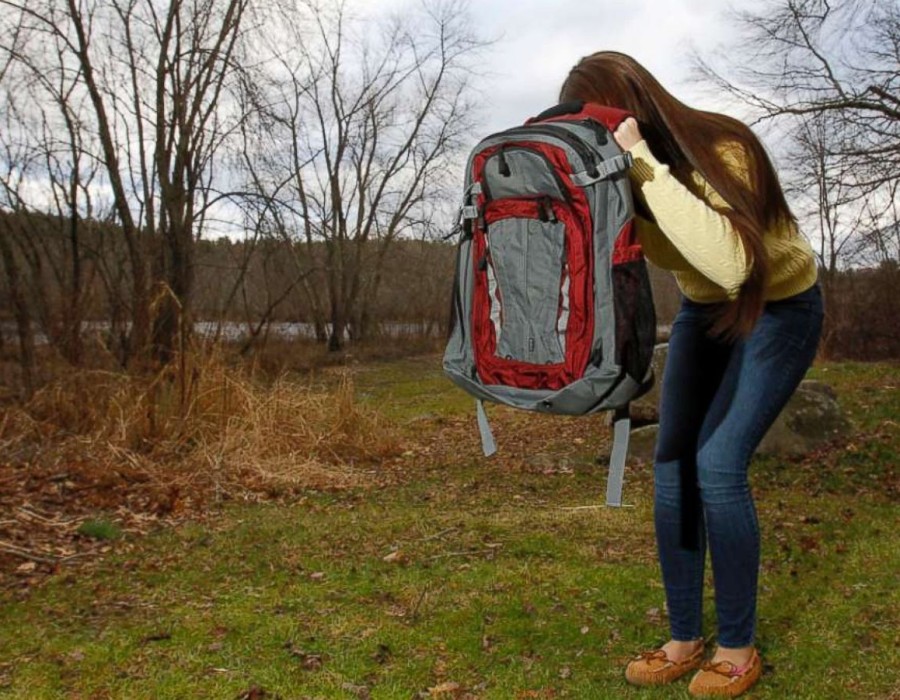Introduction
Personal protection equipment (PPE) is a vital component of workplace safety. Whether you're working in a hazardous industrial setting, a healthcare facility, or even just handling household chores, PPE serves as your first line of defense against potential risks.
In this article, we will explore the importance of PPE, its various types, and how to choose and use it effectively to protect yourself in different environments
The Importance of PPE
PPE is designed to protect individuals from a wide range of potential hazards, including physical, chemical, biological, and ergonomic risks. It acts as a barrier between the wearer and these hazards, reducing the risk of injury or illness. Here are some key reasons why Personal protection equipment (PPE) is essential:
- Prevention of Injuries: PPE can prevent injuries such as cuts, burns, and eye injuries by providing physical barriers against sharp objects, heat, and flying debris.
- Respiratory Protection: In environments with airborne contaminants, PPE like respirators can safeguard against inhalation of harmful particles, dust, and fumes.
- Chemical Protection: PPE like gloves, aprons, and goggles shield against exposure to hazardous chemicals that can cause burns or skin irritation.
- Infection Control: In healthcare settings, PPE is crucial for preventing the spread of infections, including gloves, masks, gowns, and face shields.
- Noise and Vibration Protection: In jobs with high noise levels or repetitive tasks, PPE such as earplugs and vibration-dampening gloves help prevent hearing loss and musculoskeletal disorders.
Types of PPE
PPE comes in various forms, each designed to protect against specific hazards. Here are some common types of PPE:
- Head Protection: Helmets or hard hats protect the head from falling objects, electrical shocks, or other head injuries.
- Eye and Face Protection: Safety glasses, goggles, and face shields shield the eyes and face from debris, chemicals, and bright lights.
- Hearing Protection: Earplugs and earmuffs are used to reduce exposure to loud noise, armored1 preventing hearing damage.
- Respiratory Protection: Respirators filter out airborne contaminants and are essential when working in environments with dust, fumes, or infectious agents.
- Hand and Arm Protection: Gloves, arm sleeves, and gauntlets protect against cuts, burns, chemicals, and biological hazards.
- Foot and Leg Protection: Safety shoes, boots, and leg coverings guard against falling objects, electrical hazards, and chemical spills.
- Body Protection: Aprons, vests, coveralls, and gowns provide overall protection against chemical splashes, radiation, and biological agents.
Choosing and Using PPE Effectively
Selecting and using PPE correctly is crucial for its effectiveness. Here are some key considerations:
- Assessment of Hazards: Before selecting PPE, identify the specific hazards present in your environment. Choose the appropriate PPE for the identified risks.
- Proper Fit: Ensure that your PPE fits properly to provide adequate protection. Ill-fitting PPE may compromise safety.
- Training: Receive training on how to correctly use, maintain, and inspect your PPE. Regularly check for signs of wear and tear.
- Layering: In some cases, layering different types of PPE may provide enhanced protection. For example, wearing safety goggles over prescription glasses for eye protection.
- Maintenance: Clean and maintain your PPE as per manufacturer recommendations. Replace damaged or worn-out equipment promptly.
- Regular Inspections: Conduct routine inspections of PPE to ensure it remains in good condition. Replace any damaged or expired components.
Conclusion
Personal Protective Equipment is an essential tool in ensuring workplace safety. Its ability to protect against a wide range of hazards makes it a critical aspect of any safety program. By understanding the importance of PPE, knowing the types available, and using it correctly, individuals can significantly reduce the risk of injuries and illnesses in their workplaces and daily lives. Always remember: your safety is in your hands, so suit up with the right PPE to shield yourself from harm.
You Might Also Like: NIJ STANDARDS





Comments